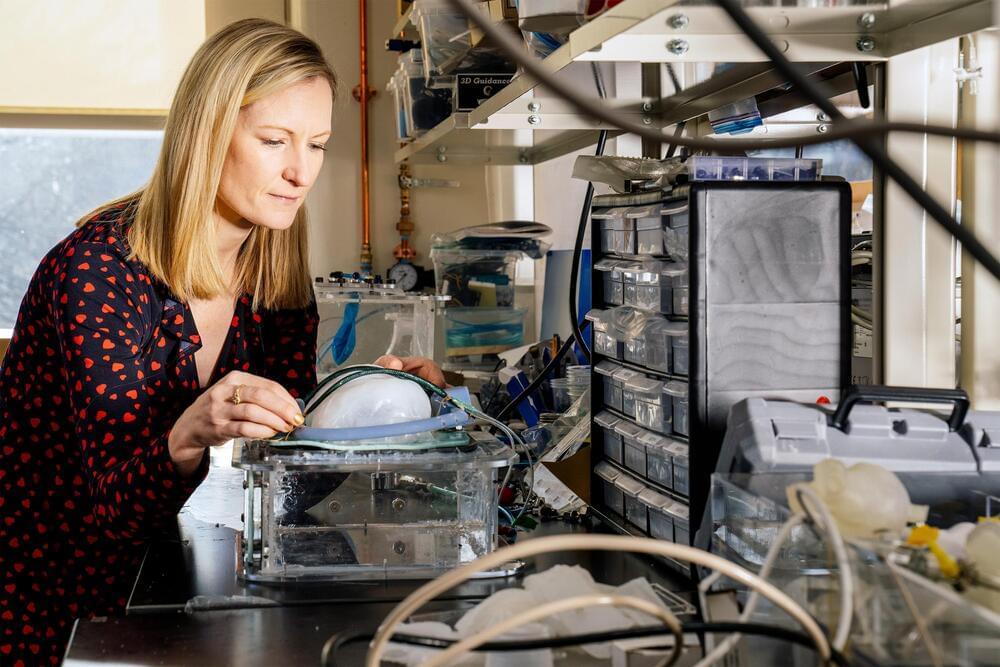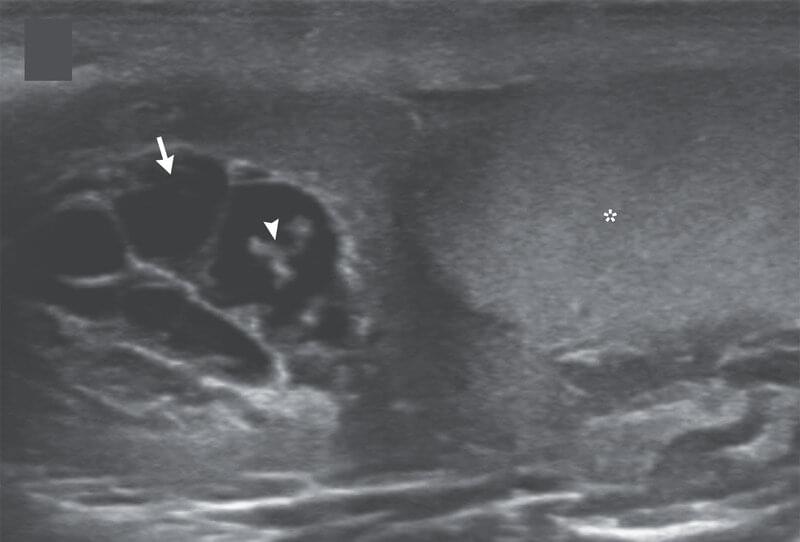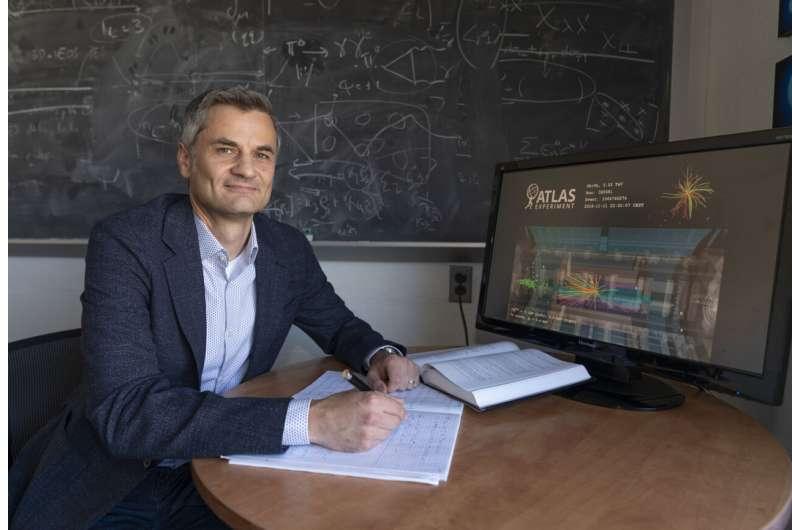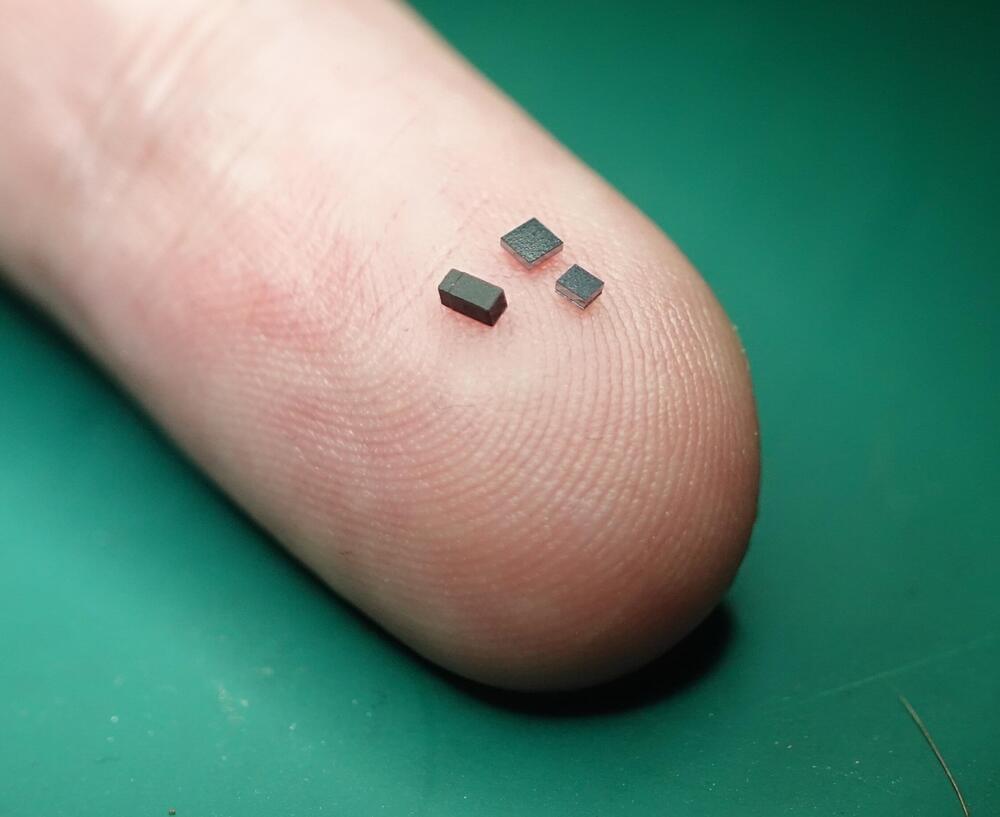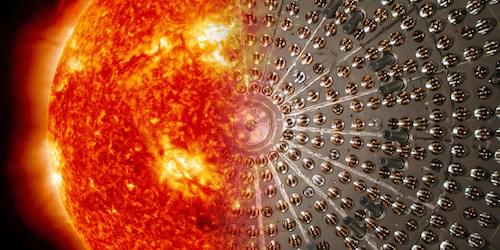
Measurements of solar neutrinos proved that our star is powered by nuclear reactions and has brought to light many other details about the Sun’s inner workings. They also led to the discovery of neutrino oscillations—a phenomenon that is difficult to reconcile with established theories. Current neutrino research mostly relies on neutrinos generated on Earth by reactors and accelerators. But some physicists argue that there is still a lot to be done with neutrinos generated in the Sun. A new generation of solar-neutrino experiments may help in solving outstanding questions about both neutrinos and solar physics, these scientists say.
The study of solar neutrinos began in the late 1960s. Using a detector filled with dry-cleaning fluid and placed in South Dakota’s Homestake gold mine, physicist Raymond Davis and his colleagues observed the first neutrino signal from the Sun. They were surprised, however, to find that the number of neutrinos was one third of what models predicted—a mystery that led to a “neutrino gold rush,” with many new experiments staking claims to different energy and length scales related to the neutrino behavior. Eventually, physicists explained the missing neutrinos as resulting from oscillations between neutrino flavors (see Nobel Focus: Neutrino and X-ray Vision). These oscillations implied that neutrinos have mass, in tension with the standard model of particle physics.
The study of neutrino oscillations continues with efforts to pin down the neutrino masses and mixing parameters that determine the oscillating behavior. The main target, however, is no longer solar neutrinos. “The majority of the community, by a large margin, is focused on accelerator neutrinos,” says Michael Smy from the University of California, Irvine. The reason for this shift, he says, is that an accelerator experiment can explore higher-energy neutrinos and control the source-detector distance over which oscillations may occur. Researchers can also switch the accelerator on and off, which helps remove certain backgrounds.


